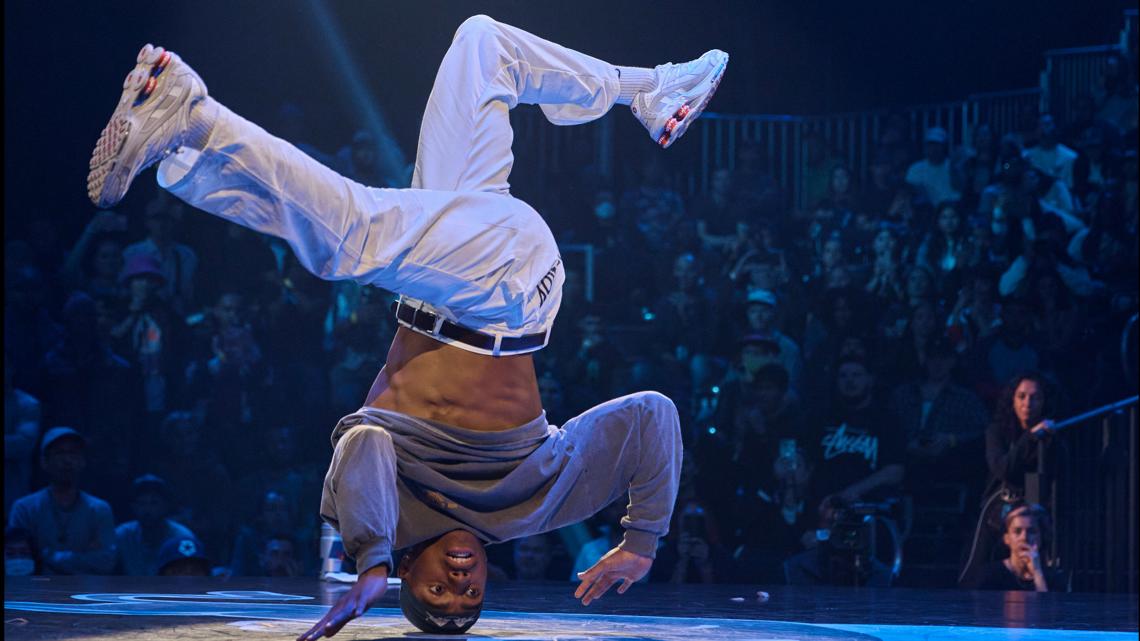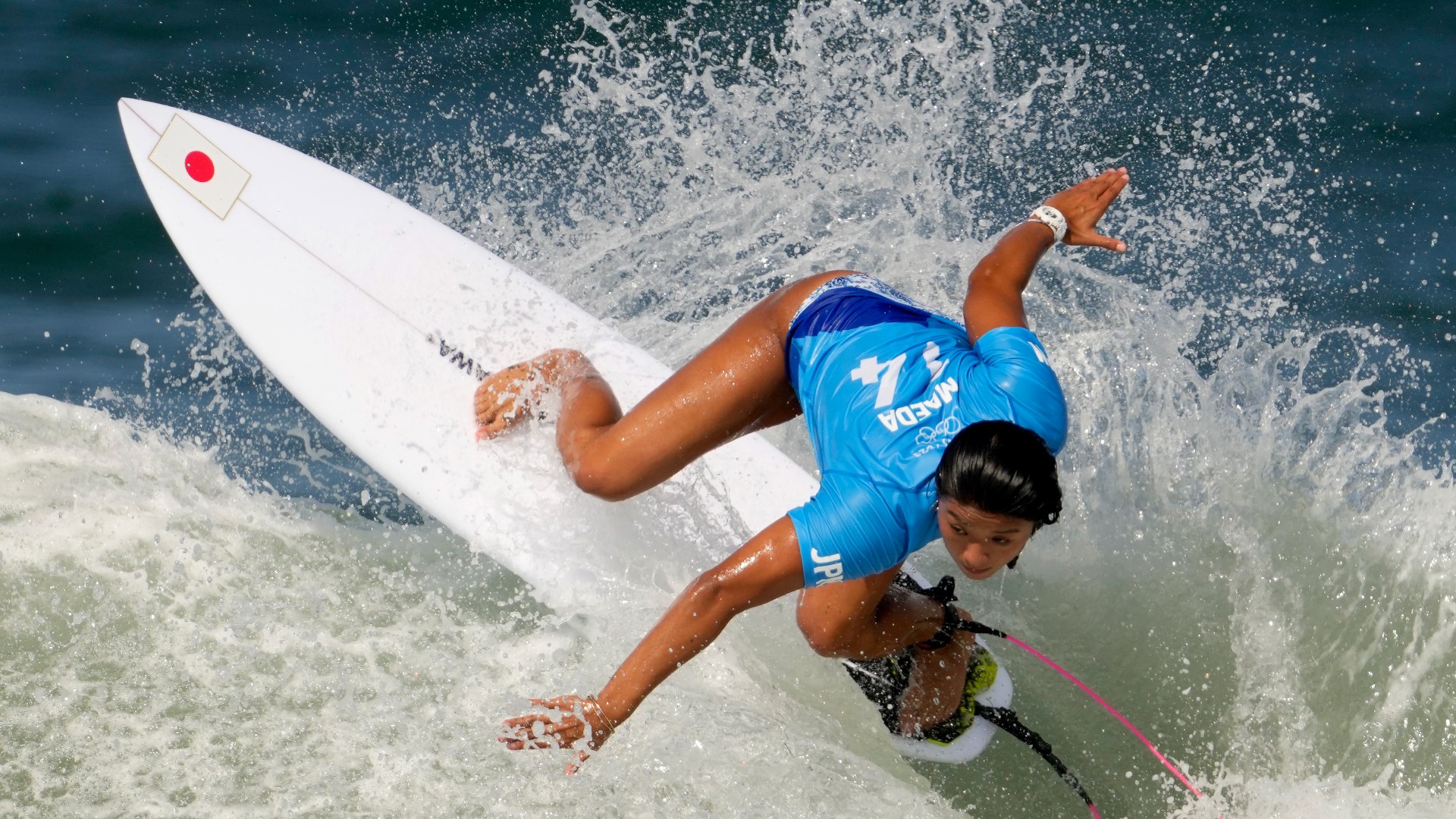PARIS, France — The wait is nearly over for the newest sport at the Olympic Games.
Dance fans are about to watch an entirely new event take the stage for the first time: the competitive dance-off known as breaking.
Breaking is on the 2024 Paris Olympic schedule on Friday, Aug. 9, for women and Saturday, Aug. 10, for men.
Breaking, commonly known as breakdancing, is the only brand new event in this year's lineup. The competitive dance form got its start in New York in the 1970s but encapsulates influence from all over the world.
Here's what to know about this new addition to the Olympic lineup.
What is breaking?
Breaking is more commonly known as breakdancing.
It's an urban sport that takes inspiration from a multitude of cultures and dance styles, from Latin dancing to kung fu. Participants use complex footwork and acrobatics to perform flips and tricks — such as spinning on their heads.
It's the first time this sport has made its way to the main games, although breaking was first seen at the 2018 Youth Olympics.
How is breaking performed?
Athletes, called breakers, compete by challenging another breaker to 1 vs. 1 dance-offs, taking alternating turns (called throw downs) to perform.
Each breaker will have a set number of rounds to compete in, with most major competitions set up with two or three throw downs per dancer until the finals, which will have three or five.
Each throw down lasts around 60 seconds, although there isn't a penalty if a routine is too long or short. Once both breakers perform during their throw down, the round is over.
How is breaking judged at the Olympics?
A panel of at least three judges scores a breaking match, called a battle, on six criteria: creativity, personality, technique, variety, performativity and musicality.
Each of the criteria involved has different weights, meaning some are worth more points. Technique, performativity and creativity collectively make up 60% of a performer's score, while the other three parameters account for the remaining 40%.
Judges submit their votes after each round of dancing, and the breaker with the highest point total at the end is declared the winner.


Where did breaking start?
Breaking began on the streets of New York, where young dancers, mainly in African American and Puerto Rican communities, took to the streets to perform. The high-energy dance style was first seen in the 1970s, and over the past 50 years has evolved and expanded to a worldwide phenomenon.
In almost any major city, breakdancers perform for tourists in public areas, and an official scoring system has been developed for competitive dance-offs.
While the sport got its start to hip-hop music, the tunes used to perform aren't restricted as long as the dancers can work with the tempo and beat patterns of the music being used.
Reporting by Chris McCrory contributed to this report.

